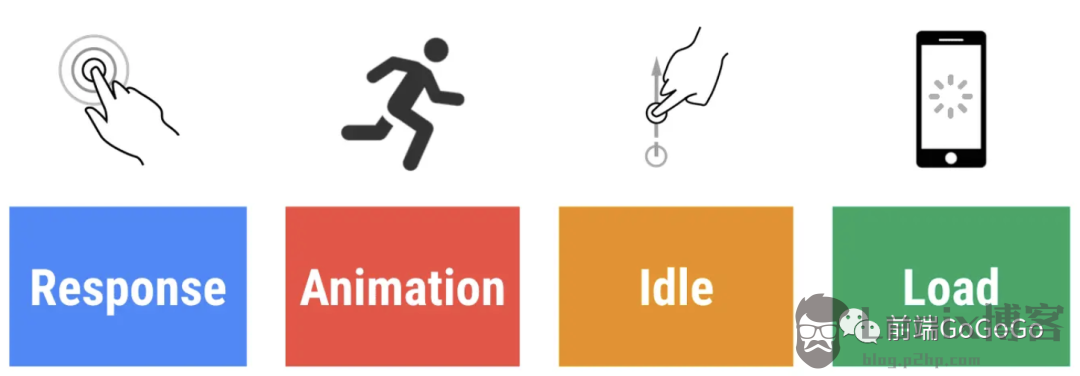
Excellent performance, giving users a smooth experience and reducing the loss of users. This article introduces the ideas and methods to improve front-end performance.
Included
Performance can be divided into load-time performance and runtime performance .
Load-time performance refers to the performance of the page loading process. Runtime performance refers to the performance of the user during use after the web page is loaded.
step up
There are three steps to improving performance:
- problem found.
- positioning problem.
- optimization.
1 find the problem
There are a few metrics that can be used to spot performance issues.
performance on load
A mainstream indicator for measuring load-time performance is: Core Web Vitals [1] .
Core Web Metrics are a subset of Web Metrics that apply to all web pages, should be measured by every website owner, and will also appear in all Google tools. Each core web metric represents a different aspect of the user experience, can be actually measured, and reflects the real experience of key user-centric results.
The metrics include three aspects: loading performance, interactivity, and visual stability. details as follows:
- Largest Contentful Paint (LCP): Maximum content paint, measures loading performance. To provide a good user experience, the LCP should start at 2.5 after the page first starts to load
…
The post Overview of Web Front-End Performance Optimization first appeared on Lenix Blog .
This article is reprinted from https://blog.p2hp.com/archives/9628
This site is for inclusion only, and the copyright belongs to the original author.